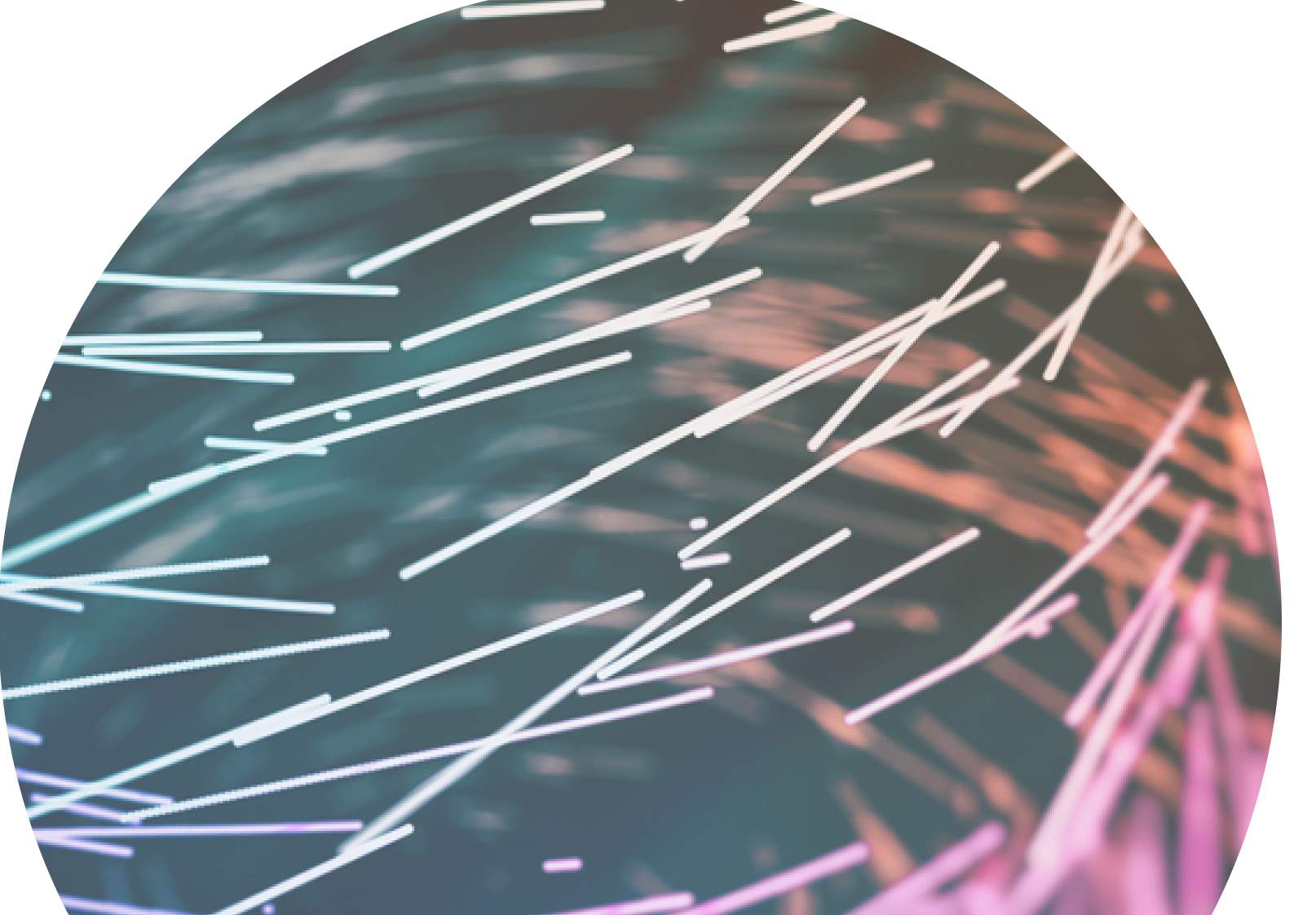Prizes work for several reasons, and their effectiveness can be attributed to the following key factors:
- Incentive: Prizes provide a powerful incentive for individuals, teams, and organizations to focus their efforts and resources on solving specific problems or achieving ambitious goals. The allure of a substantial reward can motivate participants to take on challenges they might not have otherwise attempted.
- Competition: Prizes create healthy competition among participants, driving them to outperform each other and push the boundaries of what is currently possible. This competition fosters a spirit of innovation and encourages creative thinking.
- Diverse Solutions: Prizes attract a wide range of participants with diverse backgrounds, expertise, and perspectives. This diversity leads to a broader array of solutions being explored, increasing the likelihood of finding breakthrough approaches.
- Risk Mitigation: Prizes allow sponsors to shift the risk of innovation from themselves to the participants. Rather than investing directly in research and development that may or may not yield results, sponsors offer a prize to whoever successfully solves the problem. This approach can be more cost-effective and efficient.
- Transparency and Objectivity: Prizes are usually structured with well-defined rules and criteria for winning. The judging process is often transparent, and winners are determined based on measurable, objective criteria. This fosters trust and credibility in the competition.
- Spillover Benefits: Even if a prize does not have a winner, the competition itself can lead to valuable spillover benefits. Participants may develop new skills, make valuable connections, or create innovative technologies that can be applied in other areas.
- Publicity and Awareness: Prizes generate publicity and public attention, which can draw more interest and resources to the problem at hand. They can help raise awareness about important issues and encourage public engagement.
- Accelerated Timelines: Prizes often have a specific timeline for completion, which can accelerate the pace of innovation. Participants are motivated to work efficiently and effectively to meet the competition deadline.
- Solving Grand Challenges: Prizes are particularly effective in tackling grand challenges and complex problems that require multidisciplinary approaches. They mobilize resources and talent from various fields to work collaboratively on these challenges.
Overall, prizes provide a unique and impactful approach to driving innovation and addressing critical issues, making them a valuable tool for advancing science, technology, and societal progress.
